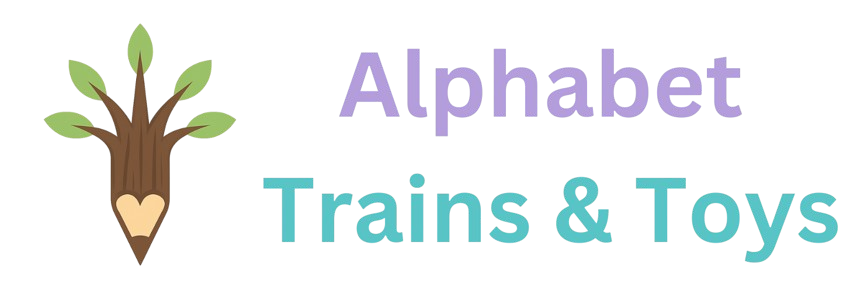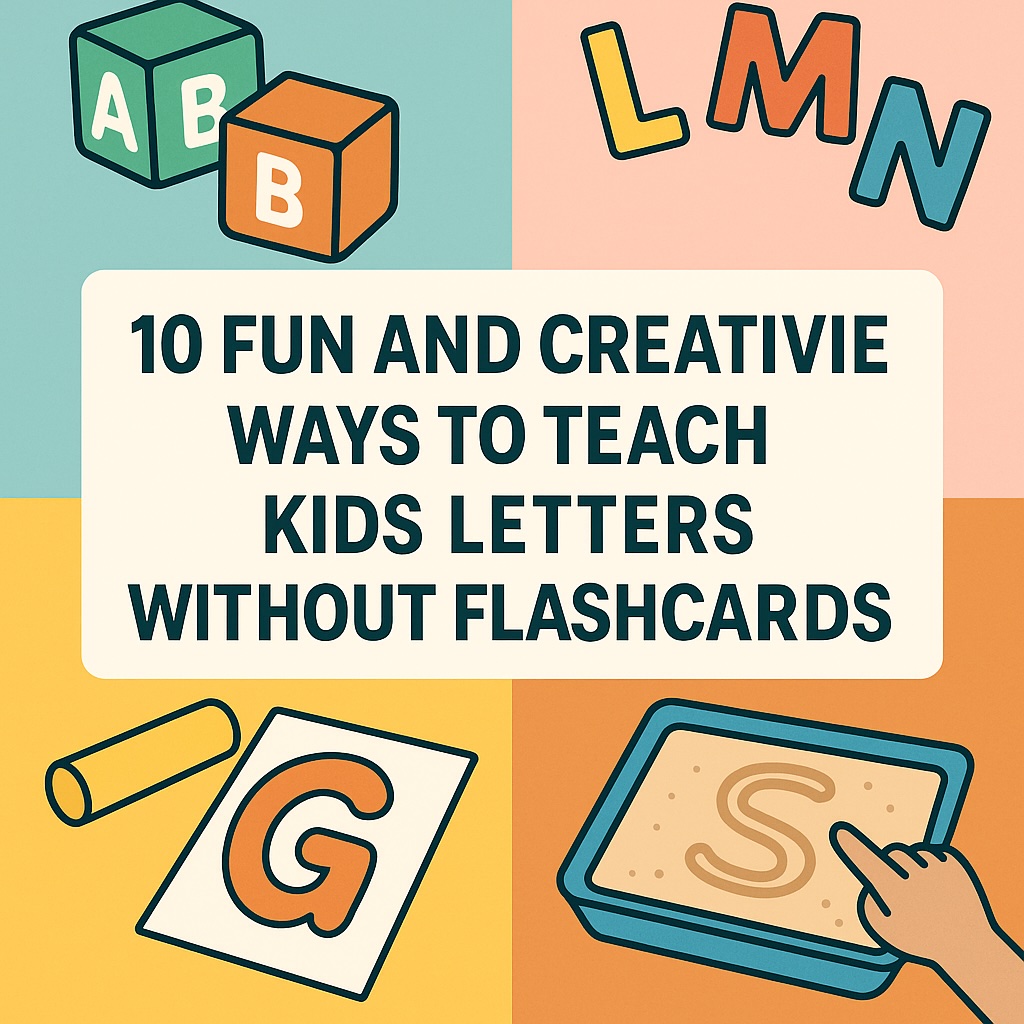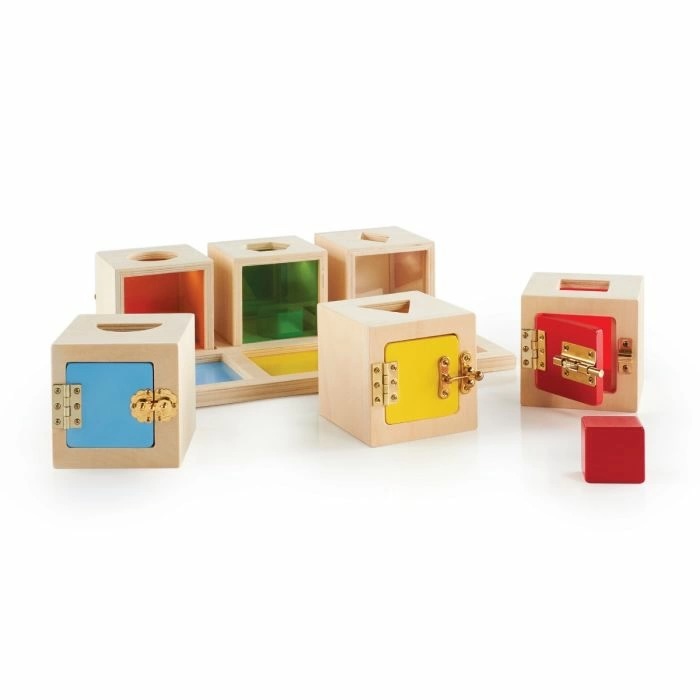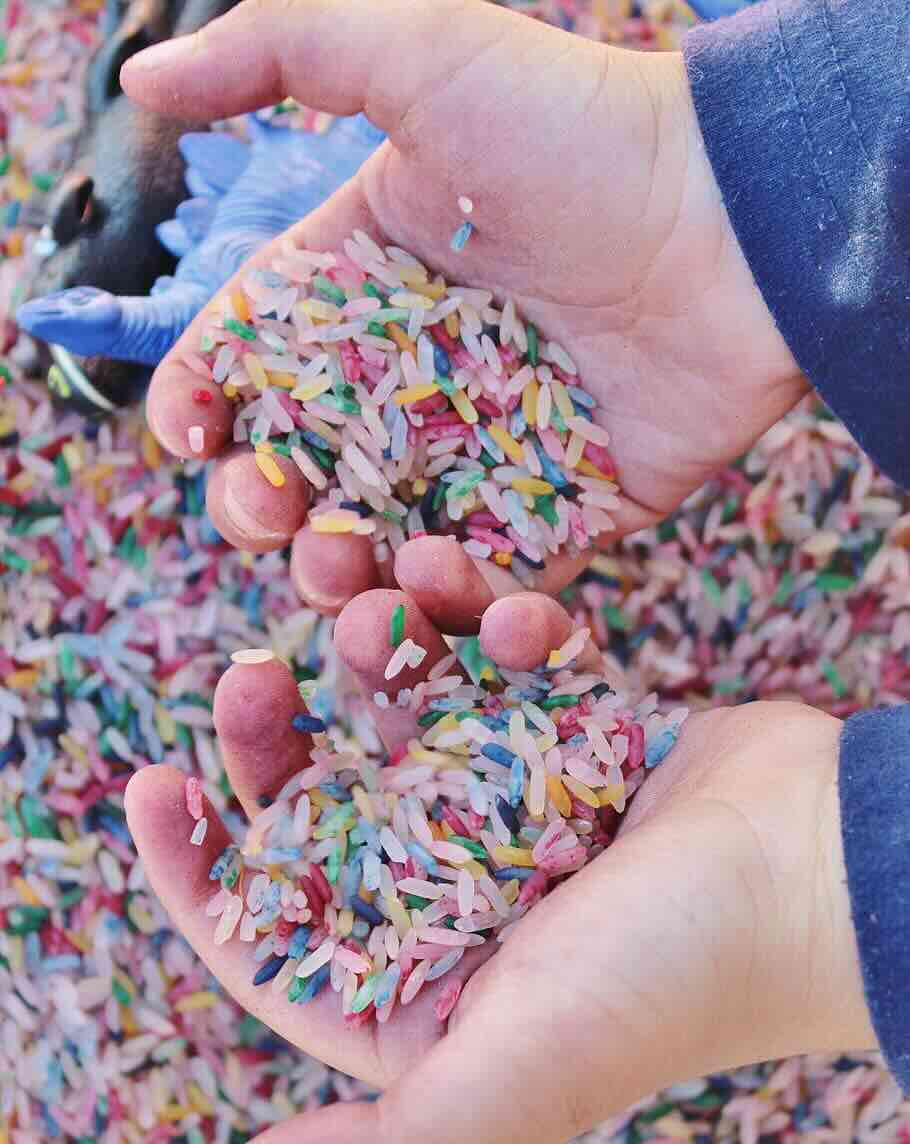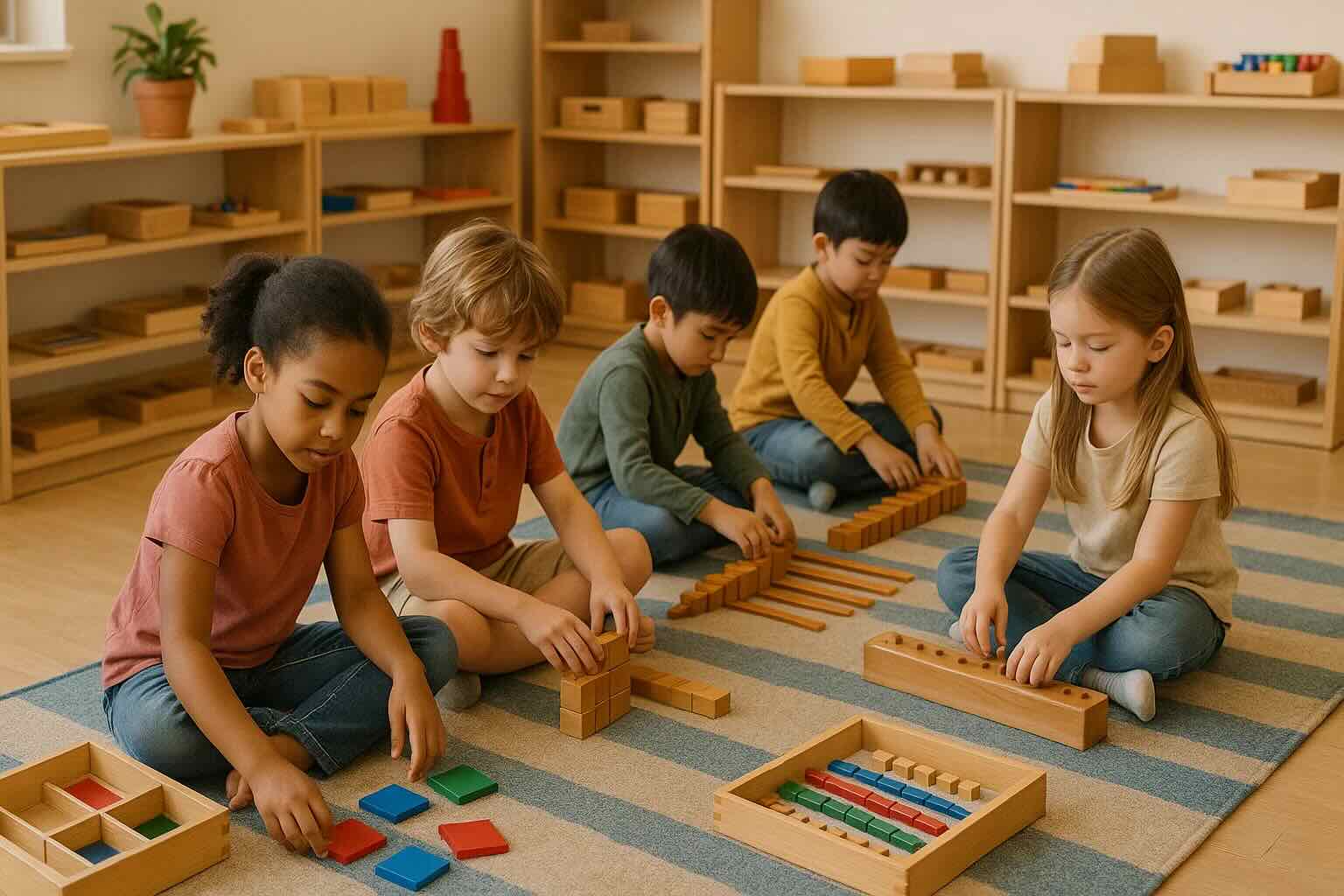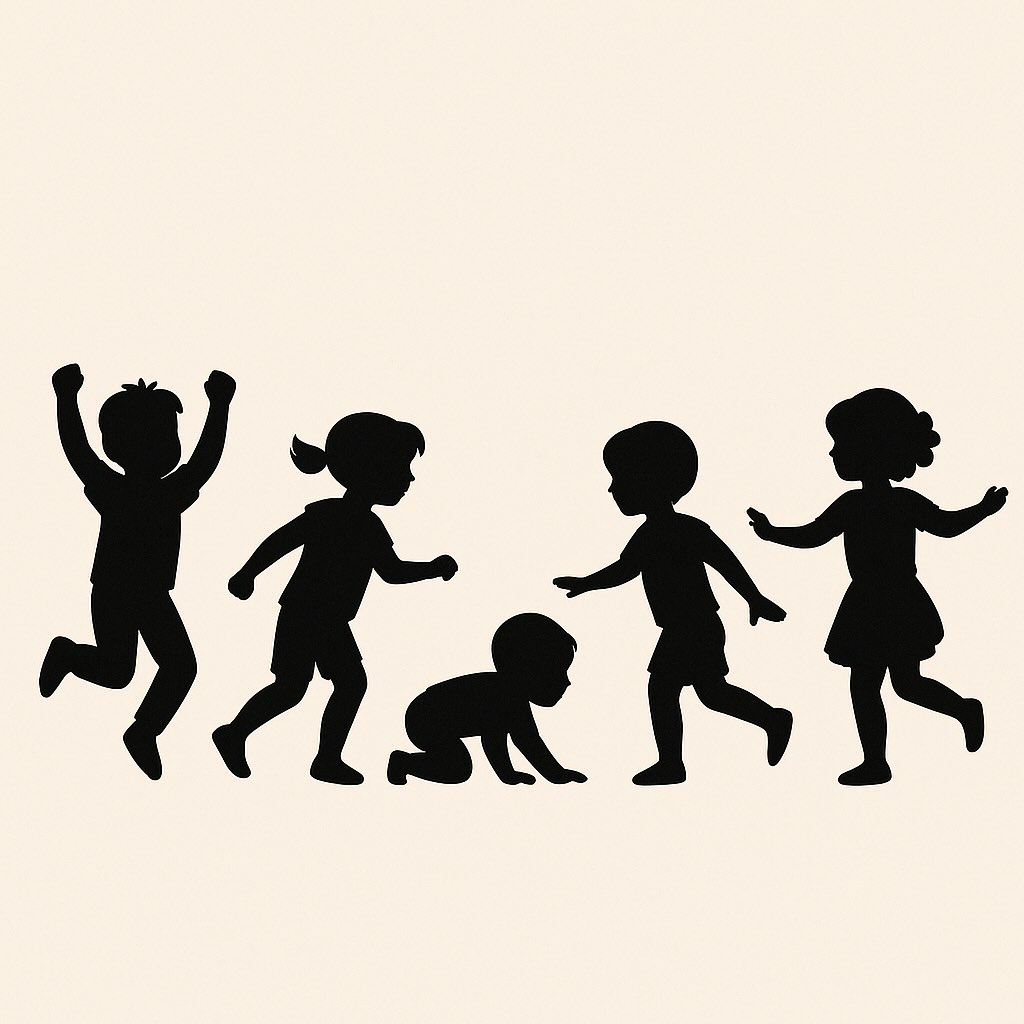Teach Letters Through Play: 10 Flashcard-Free Activities for Kids
Flashcards can drill recall, but young children build real literacy when letters show up in their world—through movement, story, touch, rhythm, and play. These 10 activities are hands-on, screen-free, and easy to set up with things you already have at home or in the classroom. They’re designed for ages 2–6, but you can scale them up or down.
💡 Quick tip: Keep a small “letter basket” nearby—paper letters, bottle-cap letters, sticky notes—so you can drop letters into everyday play without turning it into a lesson.
1) Alphabet Treasure Hunt
Hide letter cards (or sticky notes) around a room. Call out a sound (“/s/ like sun!”) and have children search for the matching letter. When found, place it on a simple A–Z mat or spell their name.
- Why it works: Movement + sound matching = stronger phonemic awareness.
- Make it easier: Hunt letters in the child’s name only.
- Make it harder: Give a clue word instead of the sound.
🔗 Natural bridge (optional): Pair treasure hunts with wooden alphabet toys during free play to reinforce letter-name connections without formal teaching.
2) Letter-Sound Movement Game
Choose a movement (clap, jump, tiptoe). Say a sequence of sounds; children move only when they hear the target sound (“Jump on /m/!”). Rotate roles and let children call sounds for each other.
- Why it works: Bodies engaged = attention sustained; sound discrimination improves.
- Extend it: Place large paper letters on the floor and have kids hop to the right one.
3) Storytelling with Letter Characters
Give letters personalities (“S is a silly snake; M hums like mmmmm”). Invite children to tell a 3-sentence story featuring the letter of the day. Draw quick doodles to illustrate their tale.
- Why it works: Narrative + emotion makes letters memorable.
- Try this: Bind favorite letter stories into a simple class or family “Alphabet Anthology.”
🎨 Creative nudge: Record voice memos of letter stories and play them back during quiet time for an effortless review ritual.
4) Playdough Letter Sculptures
Roll “snakes” and build letters on top of a drawn outline, then try freeform. Name the sound as each stroke is formed (“Start at the top—down, around—/b/!”).
- Why it works: Tactile + fine motor practice builds letter formation pathways.
- Make it multisensory: Add textures (rice, lentils) to press into each letter.
5) Alphabet Songs with Movement
Swap passive singing for full-body rhythms: stomp for stop sounds (/t/ /p/ /k/), clap for continuers (/s/ /m/ /f/). Add simple choreography to favorite alphabet songs.
- Why it works: Rhythm organizes attention; movement encodes patterns.
- Extend it: Create a “sound parade” where each child leads with a letter + motion.
📣 Pro tip: Keep songs under 90 seconds to avoid overstimulation—repeat short, tight patterns for better recall.
6) Letter Collage Art
Cut or tear letter shapes from magazines, packaging, or scrap paper. Build initials, simple words (“cat”), or an “A page,” “B page,” etc. Encourage children to narrate what they made.
- Why it works: Visual scanning builds letter recognition; narration strengthens vocabulary.
- Eco-win: Use recycled materials and let kids curate an “Alphabet Gallery Wall.”
7) Name-Based Learning
Start where motivation is highest: the child’s name. Make a name banner; highlight the first letter; sort family/friend names by initial; play “Name Detective” at pickup time.
- Why it works: Personal relevance accelerates attention and memory.
- Extend it: Build “class name graphs” (How many names start with S?) for math crossover.
✅ Independence tip: Add a “Sign-In Spot” each morning where kids trace or copy their name—one minute a day compounds fast. Try name-based puzzles during free choice for gentle, self-directed practice.
8) Sensory Tracing (Sand, Salt, Rice)
Pour a thin layer into a tray. Model strokes (“big line down, little line across”). Have children say the sound while tracing, then “shake to erase.”
- Why it works: Multisensory input (sight–touch–sound) cements letter–sound links.
- Variation: Try finger paint in a zip-bag (mess-free), or chalk on rough cardboard.
9) Alphabet Rugs & Floor Games
Use any large letter layout (paper tiles or an educational rug). Play hop-match (jump to /g/), sound-paths (step on letters to spell “dog”), or “Musical Letters.”
- Why it works: Gross motor + spatial mapping keeps energy regulated while learning.
- Group hack: Assign “letter captains” who call sounds to peers—peer teaching sticks.
📈 Classroom win: Floor games double as transition tools—use a 60-second round to reset attention between centers. Explore educational rugs for durable floor play.
10) Cooking with Letters
Make alphabet pancakes or cookies; press letter cutters into toast or melon. Say the sounds before “taste-testing” each letter.
- Why it works: Sensory novelty + real-world context = powerful memory hooks.
- Safety first: Assign age-appropriate jobs (pour, mix, place cutters) and set clear rules.
How to Keep It Fun (and Effective)
- Short bursts: 5–8 minutes per activity, rotate often.
- One focus at a time: Either recognition, formation, or sound—not all three at once.
- Follow the child: If interest fades, switch roles or switch games.
- Language-rich talk: Name sounds in words you’re already using (“Do you hear /m/ in milk?”).
📖 Research nugget: Active, multimodal play (movement, touch, story) helps young learners form durable letter–sound associations and keeps motivation high—key predictors of early reading success.
FAQs: Teaching Letters Without Flashcards
💬 What age should I start?
Interest matters more than age. Many kids show curiosity around 2–3; keep it playful and brief.
How long should activities last?
Five to eight minutes is plenty. Stop while it’s still fun and revisit later.
Which comes first: letter names or sounds?
Introduce them together in context (e.g., “This is ‘S’—it says /s/ like sun”).
How many letters per week?
Follow the child. A few high-interest letters (often from their name) beat rushing through the alphabet.
What if my child isn’t interested?
Switch modalities—try movement (hopscotch letters), story (letter characters), or sensory (salt tray). Curiosity leads.
🎯 Teacher/Parent workflow: Pick two favorite activities, prep the basket the night before, and run them after snack—same time daily. Consistency beats intensity.
Related reads: Screen-Free Activities Kids Love · Educational Rugs for Letter Play · Name-Based Learning Ideas · Letter Recognition Through Play
